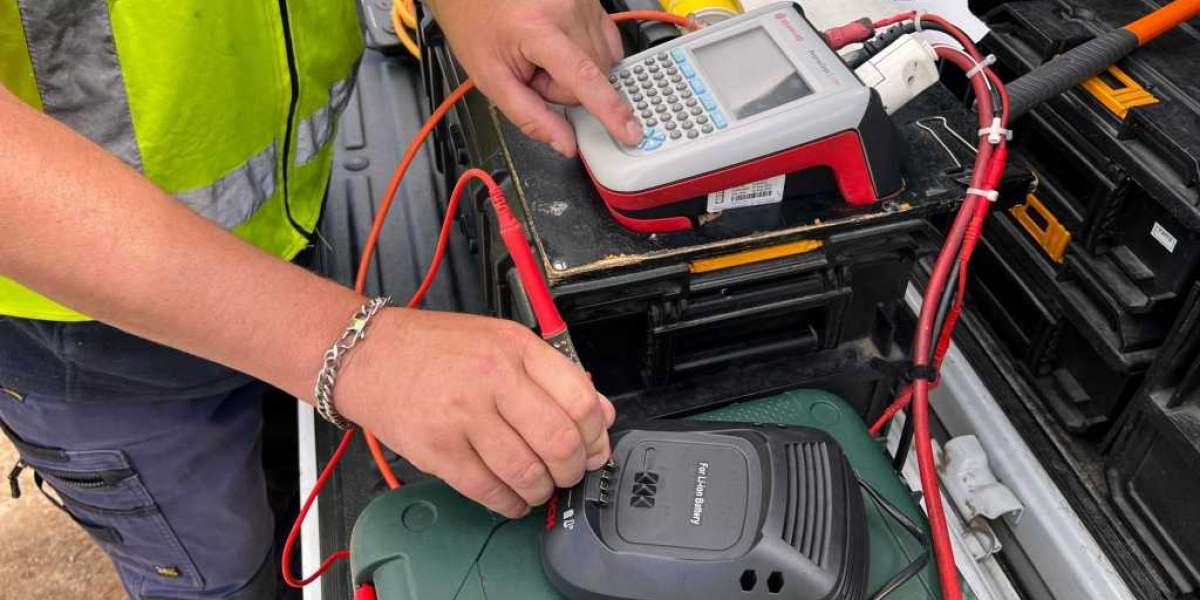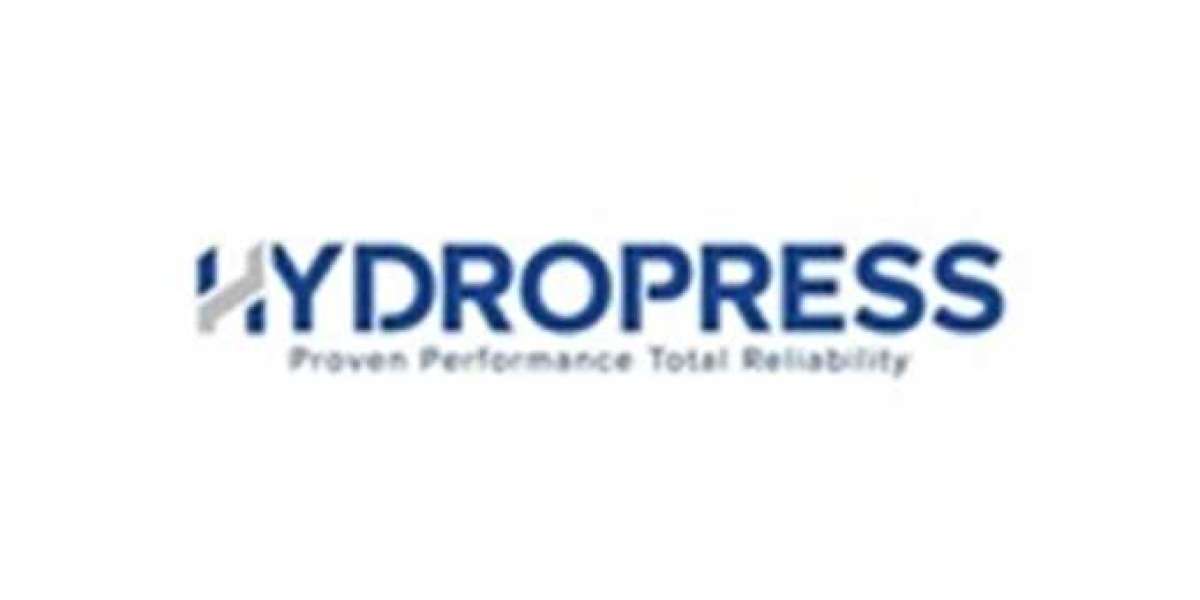In today’s world, where electrical devices are central to both work and home life, ensuring safety is essential. But have you ever wondered how safe your electrical appliances really are? This is where Test and Tag Services New Zealand come in. Whether you’re a business owner or a homeowner, understanding the importance of regular testing and tagging of electrical equipment can help you prevent accidents, ensure compliance, and keep your space safe.
What is Test and Tag?
Test and Tag refers to a process used to check the safety of electrical appliances. It involves a thorough examination, followed by attaching a tag that indicates the appliance has passed or failed safety checks. Think of it as a regular health check-up for your electrical devices – it ensures everything is in proper working order and helps prevent potential hazards.
Importance of Test and Tag Services
Why is testing and tagging important? It’s all about safety and compliance. Testing helps identify electrical faults that might otherwise go unnoticed, reducing risks of electric shock or fires. By using a test and tag service, you can ensure your workplace meets New Zealand’s safety standards, helping to create a secure environment for everyone.
How Test and Tag Services Work?
Professional test and tag services follow a systematic process:
- Visual Inspection – The technician inspects the appliance for visible issues like damaged cords.
- Electrical Testing – Specialized equipment checks for hidden faults.
- Tagging – After passing the tests, a tag is affixed to confirm the equipment is safe to use.
This simple yet effective process can make all the difference in preventing accidents and maintaining safety standards.
Legal Requirements in New Zealand
In New Zealand, employers are legally obligated to provide a safe workplace. This includes ensuring that electrical equipment is safe to use. Test and tag services help businesses comply with WorkSafe New Zealand regulations, keeping employees and visitors safe from electrical hazards.
Benefits of Regular Testing
Regular test and tag services offer several key benefits:
- Enhanced Safety – Minimize electrical hazards in your workplace or home.
- Compliance – Meet legal requirements and avoid potential fines.
- Extended Equipment Life – Detecting issues early can prolong the lifespan of appliances.
- Peace of Mind – Knowing your equipment is safe provides valuable reassurance.
Who Needs Test and Tag Services?
Virtually any environment where electrical equipment is used can benefit from testing and tagging. This includes:
- Offices – Computers, printers, and other equipment.
- Schools – Devices used by students and staff.
- Factories – Heavy machinery and power tools.
- Homeowners – Especially in cases where many devices are plugged in daily.
Choosing the Right Service Provider
When selecting a test and tag service provider, consider the following:
- Experience and Qualifications – Ensure they are certified to perform tests.
- Equipment – Providers should use advanced tools for accurate testing.
- Customer Reviews – Check feedback from other customers to gauge reliability.
- Pricing – Compare quotes but remember that quality and safety are priorities.
How Often Should You Test?
Testing frequency depends on the environment and type of equipment. For example:
- Construction Sites – Every three months, due to the demanding environment.
- Factories – Every six months, to ensure industrial equipment stays safe.
- Offices – Annually, as equipment here generally faces less stress.
Common Misconceptions
There are some myths about test and tag services, such as:
- "New Equipment Doesn’t Need Testing" – Even new devices should be tested to catch any manufacturing defects.
- "Testing is a One-Time Task" – Regular testing is essential as wear and tear can develop over time.
Safety Tips for Electrical Devices
While testing and tagging are essential, following basic safety tips can also make a big difference:
- Avoid Overloading Power Outlets – This can lead to overheating.
- Inspect Cords Regularly – Replace frayed or damaged cables immediately.
- Keep Devices Dry – Moisture and electricity don’t mix well.
Costs Involved
The cost of test and tag services in New Zealand varies depending on the number of appliances, location, and frequency of testing. Generally, providers charge per device, with discounts for larger quantities. It’s an investment that ensures compliance and keeps everyone safe.
The Role of Professionals
Professional technicians bring expertise and equipment to accurately assess each appliance. Attempting to do this without the right training or tools can lead to missed faults and increased risk, which is why relying on certified professionals is highly recommended.
DIY vs. Professional Testing
While DIY kits exist, they can lack accuracy and reliability. Professional test and tag services are thorough and comply with New Zealand’s safety regulations. Making them the better choice for most people.
Test and Tag for Homeowners
Homeowners often overlook test and tag services. Assuming they are for commercial spaces or from a trusted platform like nextech. However, regular testing at home can also help prevent accidents, especially if you have a large number of devices in use.
Conclusion
In conclusion, test and tag services in New Zealand are a simple yet effective way to ensure safety in any space where electrical devices are used. By regularly inspecting and tagging appliances, you not only comply with legal standards but also protect those around you from potential hazards. Whether you’re a business owner or simply someone who values a safe home, investing in test and tag services is a choice that pays off in peace of mind and safety.











